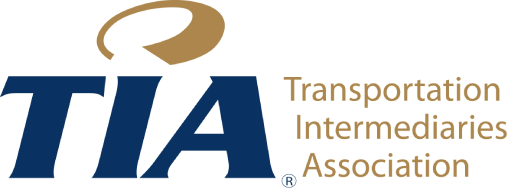Here’s All You Need to Know About Cross-Docking
- Posted on 24 Apr, 2024

Here’s All You Need to Know About Cross-Docking
Looking at ways to improve efficiency throughout the supply chain is always a top priority for businesses. Making it easier to receive products allows you to better meet the needs of your customers. Using cross-docking is a great way to reduce labor costs by eliminating the need to use full inventory storage during the delivery process.
What Is Cross-Docking?
Cross-docking is a supply chain model that focuses on quickly shipping goods from suppliers to retailers with minimal storage. Using this model helps to decrease last-mile shipping costs while also better serving your end customers. Ultimately, the ability to fast-track the fulfillment process saves on labor costs and eliminates the need for warehousing.
Benefits of Cross-Docking
The advantages of cross-docking are wide-ranging. These benefits include expediting the shipping process, which reduces labor costs. Using cross-docking improves inventory management, as businesses can replenish inventory in bulk. Cross-docking makes it possible to reduce material handling, which is key for managing perishable items or items with shorter shelf lives. This process is also helpful for high-quality products, as it reduces the likelihood of them being damaged during shipping.
Types of Cross-Docking
Many businesses are switching from traditional distribution management models to a cross-docking model. The main two types of cross-docking models include pre-distribution and post-distribution. Pre-distribution cross-docking allows goods to be unloaded, sorted, and eventually, repackaged to reach predetermined distribution locations. Ultimately, inventory only spends a small amount of time at a cross-docking warehouse.
Post-distribution cross-docking is for goods stored at a cross-docking facility until the next stage of the journey is clear, as inventory will stay longer at a warehouse during this phase. Retailers will gain additional time on how to decide where to ship these products based on their inventory counts. There are also three different methods of cross-docking, which include continuous cross-docking, consolidation arrangements, and de-consolidation.
Continuous cross-docking is a non-stop flow of inventory with inbound to outbound shipments at a facility, while consolidation arrangements merge numerous small shipments into a bigger load before it’s shipped out. De-consolidation is the opposite method, as a large load is broken down into much smaller batches to expedite transportation to customers.
Learn More About Cross Docking Services by contacting A&Z Trucking!
A&Z Trucking offers cross-docking services for a wide range of clients, in addition to load consolidation services, international freight management solutions, and more.
Contact us online to learn more or call 1 (845) 569-7299.





